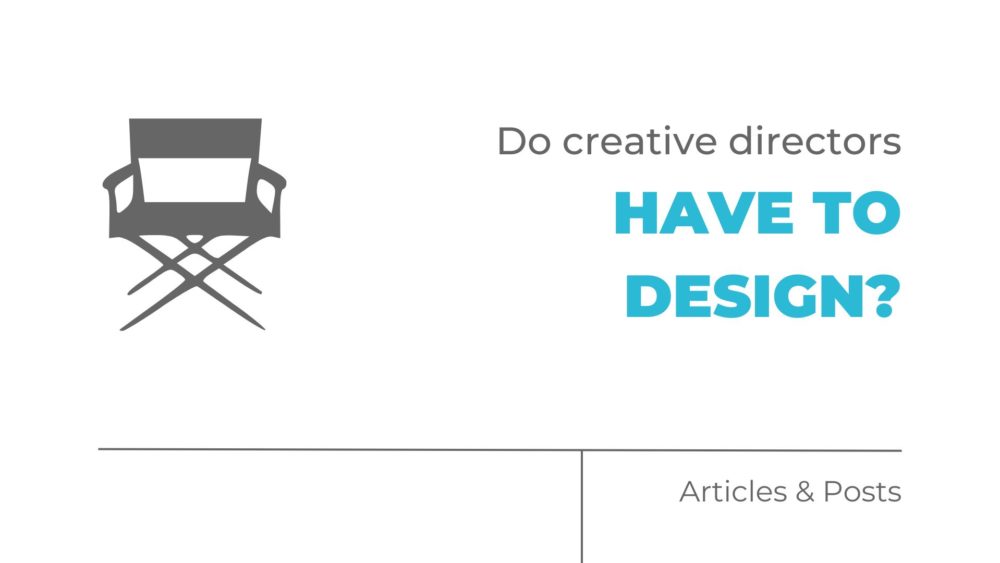Aspiring creatives often wonder about the role of a creative director in the advertising and design industry.
Many assume that creative directors are primarily responsible for designing.
However, the truth is that while creative directors do need to be skilled in design and other creative aspects, their role goes far beyond just designing.
Just for Fun: Who is a Famous Creative Director?
Before we dive into the intricacies of a creative director’s role, let’s take a moment to explore who some famous creative directors are.
These individuals have made significant contributions to the industry and serve as inspirations for aspiring creatives:
- Sir John Hegarty – Co-founder of advertising agency Bartle Bogle Hegarty (BBH)
- Paula Scher – Partner at Pentagram, known for her iconic brand identities
- David Droga – Founder of Droga5, renowned for innovative campaigns
What Does a Creative Director Actually Do?
A creative director’s main responsibility is to oversee the creative process and ensure that the final output aligns with the client’s objectives and vision.
They act as the guiding force behind the team, providing strategic direction and fostering a collaborative environment.
Here are some key tasks that creative directors undertake:
Strategic Planning
Creative directors work closely with clients to understand their goals, target audience, and brand identity.
They develop strategies to effectively communicate the client’s message through various creative mediums.
Concept Development
Creative directors lead brainstorming sessions and work closely with copywriters, designers, and other team members to develop compelling concepts and ideas that capture the essence of the brand.
Team Management
Creative directors are responsible for assembling and managing a talented team of creatives.
They provide guidance, mentorship, and feedback to ensure that each team member is working towards achieving the desired outcome.
Client Collaboration
Creative directors act as the main point of contact for clients.
They collaborate closely with them to understand their feedback, incorporate changes, and ensure client satisfaction throughout the creative process.
Quality Control
Creative directors have an eye for detail and ensure that the creative work produced meets the highest quality standards.
They review and approve all creative assets before they are presented to clients or released to the public.
Art Director vs. Creative Director
It’s important to note the difference between an art director and a creative director.
While both roles are vital within a creative team, their areas of focus differ to some extent.
Art directors primarily focus on the visual aspects of a project.
They are skilled designers who bring the creative concept to life through visually appealing layouts, typography, and imagery.
Art directors work closely with the creative team to execute the vision set by the creative director.
On the other hand, creative directors oversee the entire creative process.
They provide strategic direction, conceptualize ideas, manage teams, and ensure that the final output aligns with the client’s objectives.
Conclusion
So, do creative directors have to design?
Not necessarily.
However, they must possess a strong understanding of design principles and be skilled in other creative aspects.
Their role is multidimensional, encompassing strategic planning, concept development, team management, client collaboration, and quality control.
So, if you aspire to become a creative director, focus on honing your creative skills, staying updated with industry trends, and developing leadership qualities.
Remember, being a successful creative director goes beyond being a designer – it’s about leading and inspiring others to create impactful and memorable experiences.


Comments are closed.